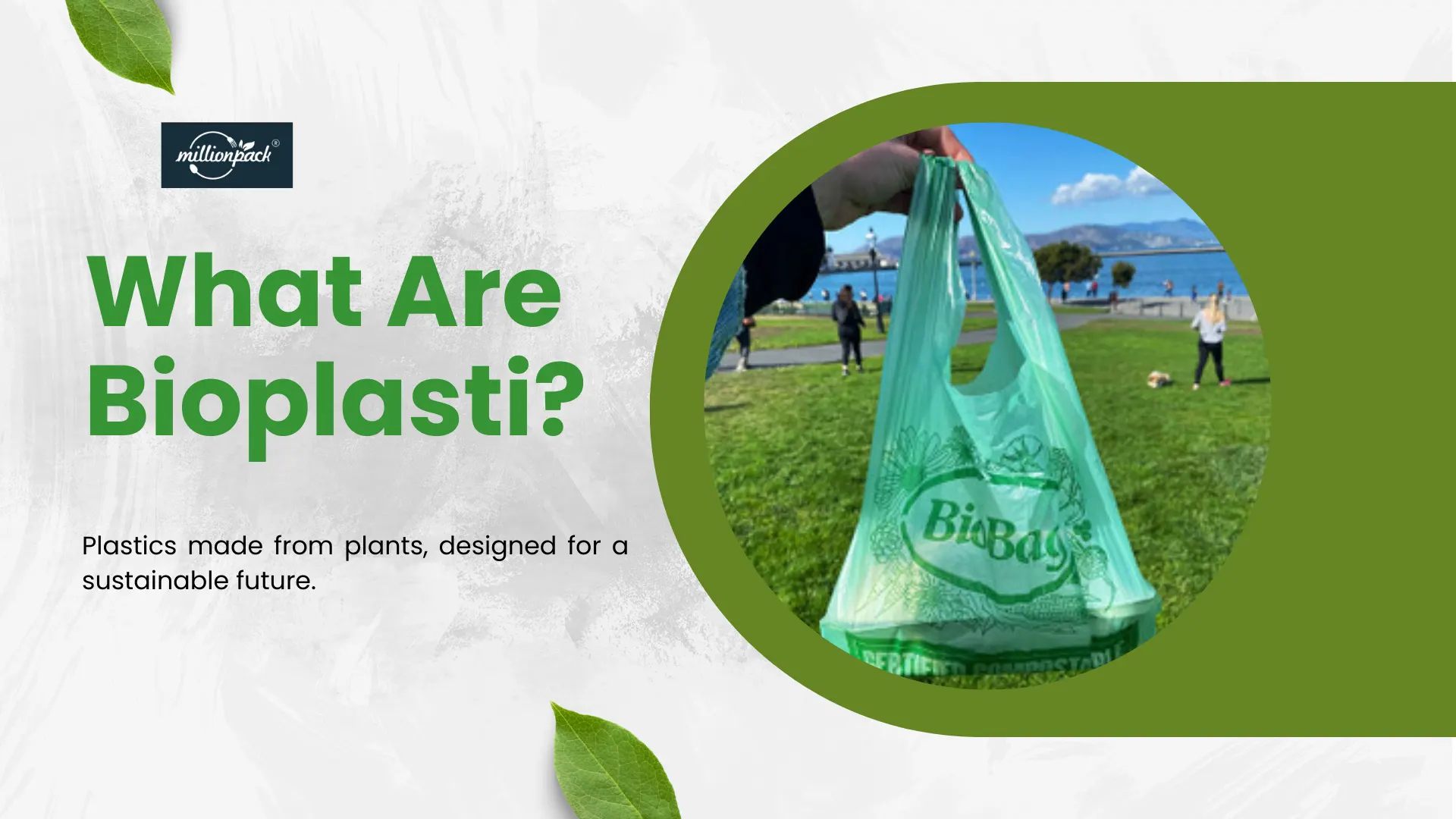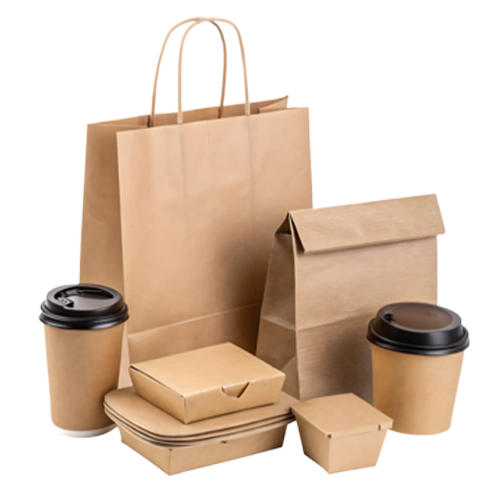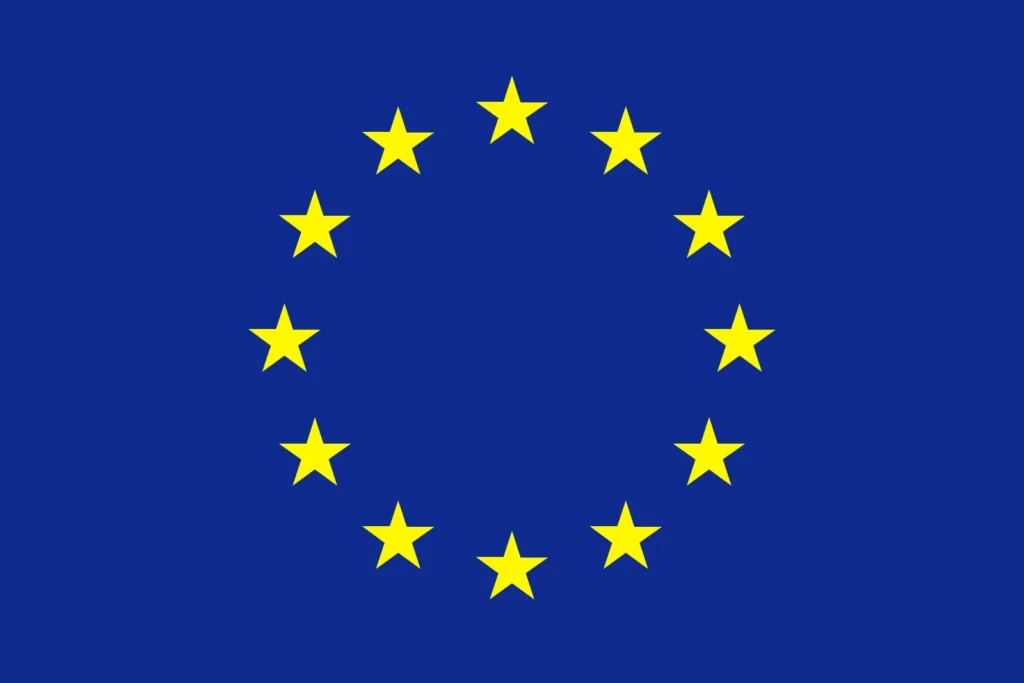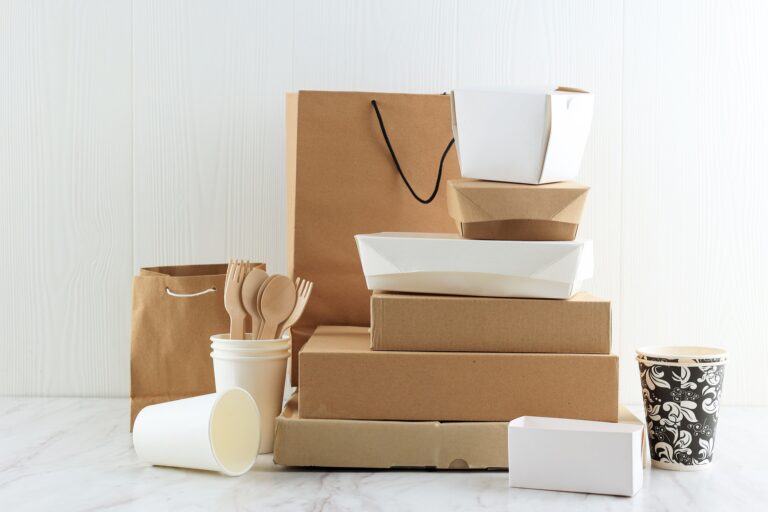In an era where sustainability takes center stage, bioplastics are emerging as a game-changer in the quest for eco-friendly alternatives to traditional plastics. But what exactly are bioplastics?
Compared with conventional petrochemical plastics, bioplastics offer clear advantages that support a greener future. They can reduce dependence on fossil fuels by drawing from renewable resources, help lower carbon emissions across their lifecycle, and, in many cases, break down more easily in the environment. At the same time, bioplastics allow industries to create innovative products without compromising functionality, making them an attractive option for packaging, agriculture, healthcare, and beyond.
In this comprehensive guide, we’ll define what bioplastic is, clarify key concepts like bio-based versus biodegradable, and explain how these materials are produced. We’ll also look at the main types of bioplastics, their properties, and the reasons they are increasingly seen as a vital part of building a more sustainable world.
1. What are Bioplastics?
In today’s world, where plastic pollution has become a global concern, the search for alternatives is more urgent than ever. This is where bioplastics come in. But what exactly are they? Unlike conventional plastics that rely on petroleum, bioplastics represent a family of materials designed to align better with sustainability goals.
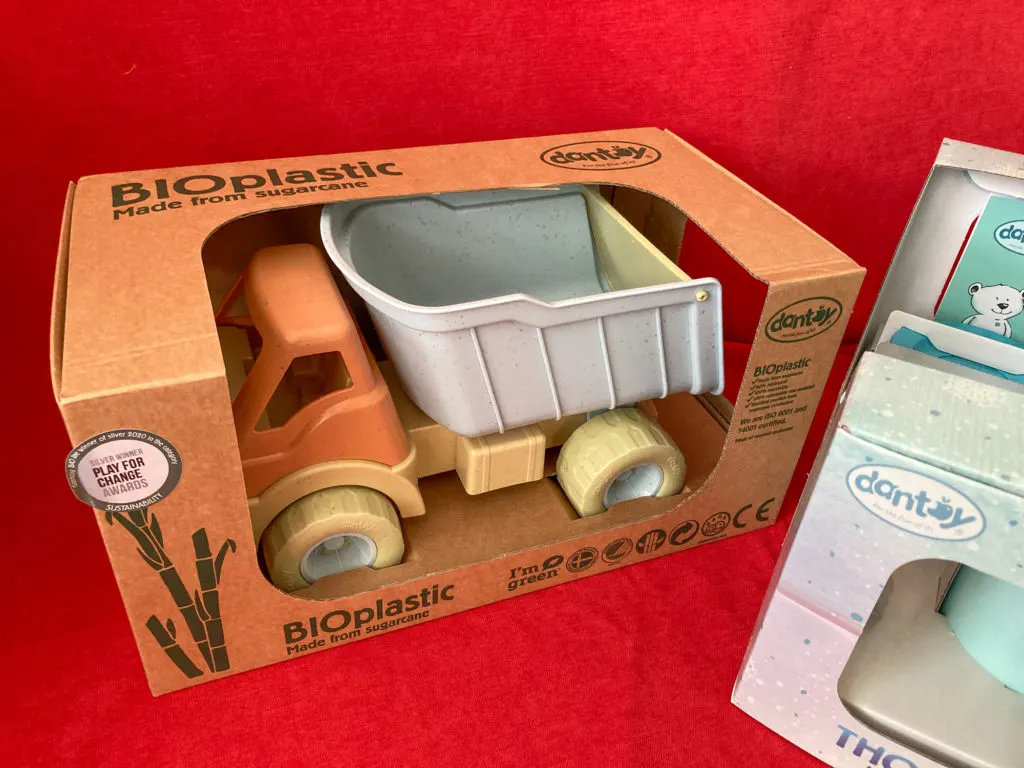
Bioplastics can generally be understood in three ways:
- Made from renewable resources (bio-based): Many are produced using natural raw materials such as corn, sugarcane, algae, or agricultural by-products. By replacing fossil fuels with renewable feedstocks, they help reduce carbon dependency and support a circular economy.
- Biodegradable: Certain bioplastics are created so that microorganisms can break them down into harmless natural elements like water, carbon dioxide, and biomass. This property allows them to leave a smaller waste footprint compared with conventional plastics.
- Both bio-based and biodegradable: Some bioplastics combine both features. They are sourced from renewable materials and designed to decompose safely under the right conditions, whether in soil, water, or industrial composting systems.
Important note: Not every bioplastic is biodegradable or compostable. Some bio-based plastics have the same durability as petroleum plastics and must go through existing recycling systems.
2. Different Types of Bioplastics
Bioplastics are not a single material but a diverse family of plastics with different origins, properties, and end-of-life pathways. They can be grouped into three main categories: compostable bio-based plastics, non-compostable bio-based plastics, and compostable fossil-based plastics.
Compostable Bio-based Plastics
These are derived from renewable resources such as corn starch, sugarcane, or vegetable oils, and they can biodegrade under the right composting conditions.
- PLA (Polylactic Acid): Made by fermenting sugars from corn or sugarcane into lactic acid, then polymerizing it into plastic. PLA is widely used in packaging, disposable tableware, and 3D printing filaments. It’s compostable in industrial facilities but usually not in home composting systems.
- PHA (Polyhydroxyalkanoates): Produced by microorganisms that naturally synthesize and store these polymers. PHAs can biodegrade in soil, water, and even marine environments, making them promising for reducing plastic pollution.
- PBS (Polybutylene Succinate): Typically made from sugar-derived succinic acid and 1,4-butanediol. PBS is flexible, durable, and compostable under industrial conditions, often used in agricultural films and food packaging.
Non-compostable Bio-based Plastics
These are also derived partly or fully from renewable resources, but they are not biodegradable. Instead, they behave much like conventional plastics and are recyclable within existing systems.
- Bio-PE (Bio-based Polyethylene): Produced from sugarcane ethanol, it has the same structure as fossil-based polyethylene. Because of this, it can be recycled alongside conventional PE and used in bottles, bags, and films.
- Bio-PET (Bio-based Polyethylene Terephthalate): Often made with bio-based ethylene glycol. It’s chemically identical to traditional PET and commonly used in beverage bottles and food containers.
- Bio-PTT (Bio-based Polytrimethylene Terephthalate): Made from bio-based 1,3-propanediol, offering good stretch and resilience. It’s used in textiles, carpets, and engineering plastics.
Compostable Fossil-based Plastics
Some plastics made from fossil resources can still be biodegradable or compostable. These are not bio-based, but they are designed to break down more easily.
- PBAT (Polybutylene Adipate Terephthalate): A flexible, compostable plastic often blended with PLA to improve toughness. Commonly used in compostable bags and films.
- PCL (Polycaprolactone): A synthetic polyester that is biodegradable in industrial composting systems. It is also used in biomedical applications due to its biocompatibility.
- PVA (Polyvinyl Alcohol): Water-soluble and biodegradable under the right conditions. PVA is used in packaging films, detergents, and medical products.
3. What’s the Difference Between Bio-based, Biodegradable, and Compostable?
Bio-based plastics are produced from renewable resources like corn, sugarcane, or other plant starches. The term refers only to where the material comes from, not to whether it will break down after use.
Biodegradable plastics are designed to decompose through the action of microorganisms. However, this process may take a long time and often requires specific conditions such as high heat or controlled moisture.
Compostable plastics go a step further. They are certified to disintegrate within a set timeframe in industrial composting systems, typically under high temperatures, and leave behind no toxic residues.
4. Applications of Bioplastics in Packaging
Packaging is one of the largest markets for plastics—and also one of the biggest sources of plastic waste. As consumers and governments push for more sustainable solutions, bioplastics have become an important alternative. Depending on their type, they can be molded into rigid containers, turned into flexible films, or certified for composting in food service applications. The table below highlights the main categories of bioplastic packaging and typical examples of how they are used today.
| Packaging Type | Applications (with examples) |
|---|---|
| Rigid Packaging |
|
| Flexible Packaging |
|
| Food Service Packaging |
|
| Specialty Applications |
|
Bioplastic Identification Symbols
To help consumers and waste managers distinguish bioplastics from conventional plastics, special identification symbols are often used on packaging. Some of the most common include:
Seedling logo: Indicates that the product is certified compostable under European standards.
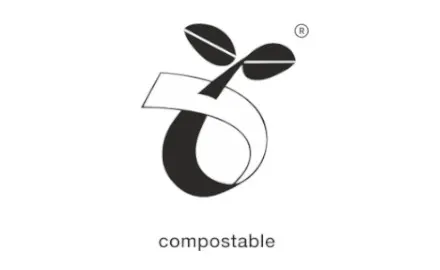
OK Compost: A certification mark confirming that the material will biodegrade in an industrial composting facility.
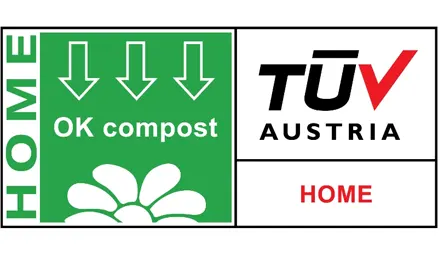
Biobased content label: Shows the percentage of renewable, plant-based material used in the product.
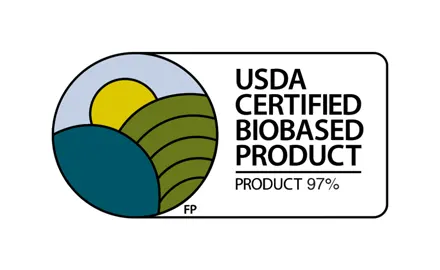
These labels make it easier to recognize biodegradable plastic packaging and ensure it is disposed of in the correct way, whether through composting, recycling, or other waste management systems.
5. Benefits of Replacing Plastics with Bioplastics
Switching from conventional plastics to bioplastics brings several clear advantages. While no material is perfect, bioplastics offer environmental and economic benefits that make them an important part of a more sustainable future.
Reduced Dependence on Fossil Fuels
Most traditional plastics are made from petroleum, a non-renewable resource. Bioplastics are often produced from renewable feedstocks such as corn, sugarcane, or algae, which helps lower reliance on fossil fuels and promotes energy security.
Lower Carbon Footprint
During their production, many bioplastics generate fewer greenhouse gas emissions compared with fossil-based plastics. In some cases, the plants used as raw materials capture CO₂ during growth, further balancing their carbon footprint.
Biodegradability and Compostability
Certain biodegradable plastics and compostable plastics can break down naturally or in industrial composting facilities, reducing the burden of long-term plastic waste in landfills and oceans.
Versatility in Applications
Bioplastics can deliver the same performance as conventional plastics while offering more sustainable end-of-life options. From packaging to agriculture and even medical uses, they enable industries to innovate without losing functionality.
Contribution to Circular Economy
By integrating bioplastic products into existing recycling or composting systems, waste management becomes more flexible. Some types, like Bio-PE and Bio-PET, are recyclable alongside conventional plastics, while compostable plastics can return to the soil as useful compost.
6. FAQs on Bioplastics
Q1. Are all bioplastics compostable?
No. Only certain types are compostable. A bio-based plastic simply refers to its renewable origin and does not guarantee biodegradability or compostability.
Q2. Can compostable packaging be disposed of with organic waste?
Not always. Only certified compostable bags and packaging designed for organic collection systems are accepted. Otherwise, they must go into general waste.
Q3. Can PLA be recycled?
Technically, yes. PLA can be recycled separately, but in practice this rarely happens, and in many countries—including the Netherlands—dedicated PLA recycling streams are very limited.
Q4. Are bioplastics recyclable along with regular plastics?
In most cases, no. Mixing bioplastics with conventional plastics can disrupt recycling processes. Some bio-based plastics like Bio-PET and Bio-PE are chemically identical to their fossil-based versions and can be recycled together, but others must be kept separate.
Q5. What are the main disadvantages of bioplastics?
Although bioplastics offer clear environmental benefits, they also face some challenges. Production costs are generally higher than conventional plastics, and many biodegradable or compostable types only break down under industrial conditions, which are not always available everywhere. In addition, some bio-based plastics rely on crops like corn or sugarcane, raising concerns about competition with food resources.
Q6. Are “biodegradable” and “compostable” the same thing?
No. Biodegradable simply means a material can be broken down by microorganisms, often over a long period and under specific conditions. Compostable plastics, however, meet strict standards to fully break down within a set timeframe and leave no harmful residues.
Need Help Choosing the Right Material? Partner with Million Pack
Choosing between bioplastics, biodegradable options, and traditional materials can be challenging. Each solution has its own advantages, limitations, and best-fit applications. That’s where we come in.
At millionpack, we specialize in helping businesses identify the most sustainable and practical packaging solutions for their needs. Whether it’s compostable food packaging, recyclable bio-based plastics, or custom eco-friendly designs, our team provides the expertise to guide you toward the right choice.
By working with us, you don’t just get packaging—you get a partner committed to innovation, sustainability, and long-term value for your brand. Together, we can reduce environmental impact while meeting the performance and cost expectations of your market.
Ready to make the switch? Let Million Pack help you find the right material for a greener future.

